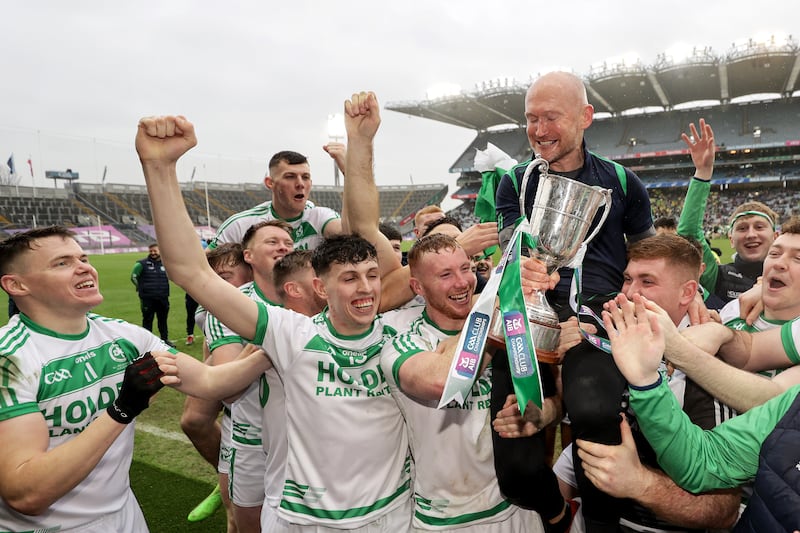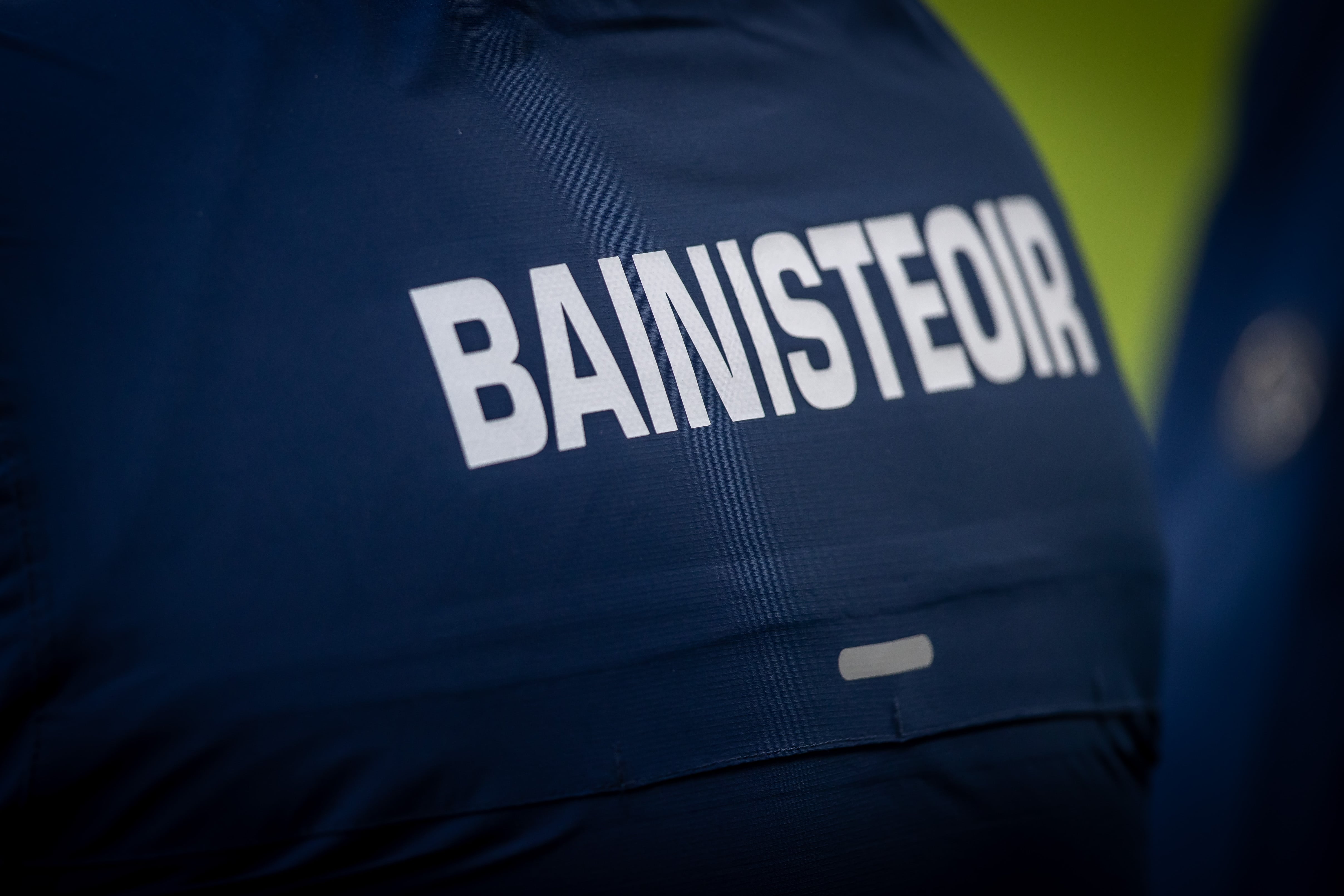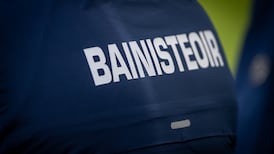Ten-in-a-row. That was the prize on offer for Ballygunner last Sunday in Walsh Park, and at half-time their Waterford county final opponents De La Salle had hurled with purpose and bravery. They had scored 10 points, had hit just two wides ... and were eight points behind.
Ballygunner now completely bestride Waterford hurling. And yet they approached this year’s championship as men on a mission, because the county final long ago ceased to be the summit of their ambition. They lost an All-Ireland semi-final to Ballyhale Shamrocks last December by a goal, and that still rankles.
So the teams in Waterford trying to stop Ballygunner don’t even have the usually inevitable boredom of repeat champions as a thing in their favour. The champions might well be complacent at various times in their county campaign, but they’re never bored of winning. Not when they only have one All-Ireland club title to their name.
St Thomas’ in Galway, and Shamrocks of Ballyhale in Kilkenny are both going for six-in-a-row, but you can be sure that, even in counties with a club scene as ruthlessly competitive as Kilkenny and Galway, they have more than half an eye on what lies beyond county final day.
READ MORE

These are teams that are absolutely driving up standards in their counties. But at what stage does the increase in quality they bring to the county’s club scene start to be overshadowed by the damage done to the competitive uncertainty and lack of hope being spread around all the other clubs?
My mind keeps returning to the year Damien Comer had in 2018. He played for Galway in an All-Ireland semi-final against the greatest intercounty football team of all-time and got a solid beating off Dublin. He then went back to his club Annaghdown, who qualified at the top of their group, won a quarter-final, and lost a county semi-final to the greatest club football of all-time, Corofin. That’s got to be pretty dispiriting. You can talk all you like about controlling the controllables ... but that’s a tough old station, any way you slice it.
I spent a large portion of this summer training with the Dublin Masters football team every Wednesday evening in the GAA’s National Games Development Centre in Abbotstown. One evening about three or four weeks ago, two extraordinarily well-conditioned teams rocked up to play on the pitch beside us.
A cursory glance told us it was Portarlington (Laois champions for the last three years) against Kilcoo (who have won 10 of the last 11 Down championships). By the time we were finished training, we were able to stand back and watch the last 15 minutes or so. The pace was relentless. The physicality was at, or near, intercounty level.
And the intensity of the game left none of us watching in any doubt. Regardless of when they were next playing in their own county championship, this game against a team of a similar standard had been circled in their calendar from way out. I had no doubt they were targeting this challenge game with far more of a laser-focus than they would an early round (or perhaps any round?) in their own club championship.
There is currently a subset of football clubs who look for challenge games off each other – Moycullen, Corofin, Castlebar, Westport, Nemo Rangers, Crossmaglen, Kilcoo, Glen, Kilmacud Crokes, Ballyboden, Portarlington ... that’s not an exhaustive list, but I’m sure there aren’t too many others.
These ‘challenge’ games are how they measure their own progress. And they look on each other as their main rivals – not the lads from down the road that, for most of the previous 140 years of the GAA, had consumed these clubs’ every waking hour.
Speaking to this newspaper earlier in the week, Dessie Hutchinson was sure he knew what set Ballygunner apart from their peers.
“A lot of people talk about numbers and all this craic, but nobody’s putting in the work like we are up in the field and that’s the difference.
“We’ve had largely the same group of players here the last I don’t know how many years, there are a couple of young lads coming in every year from minor teams, of course, like every other team, but we’re putting in harder work than everybody else.”
This seems like an easy thing for teams in Ballygunner’s position to say, but I don’t think it’s right. Hard work is one thing, having a collection of hurlers that Dessie himself recognised elsewhere in that piece are not going to stick around forever, is another thing altogether. The best club teams, like Kilcoo recently, often fall into the trap of saying that their success comes about only through working harder than everyone else.
Thomas’ in Galway are built around two families – the Burkes and the Cooneys. Ballyhale have been gifted with (and have nurtured, to be fair) the most talented forward of the last three generations of Kilkenny hurling. If Dessie had tried to stick with the soccer, Ballygunner would be a lot more vulnerable.
Hard work only gets you so far, and it certainly isn’t the only thing taking you all the way to 10-in-a-row. Clubs with that level of success are absolutely determined to cash in now, while the going’s good.














